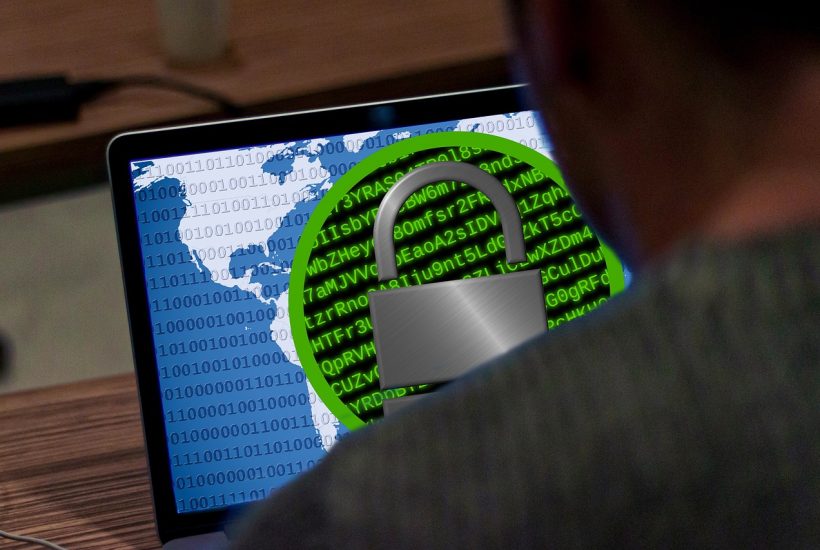Crypto
20 Billion in Illegal Crypto Activity, According to Chainalysis
After two years of decline, the percentage of illicit activities starts to rise again from 0.12% in 2021 to 0.24% in 2022. This represents $20.1 billion spread across different sectors of illegal activities. the only sector that really increased, in addition to the one due to penalties, is theft. The simple theft of crypto by trickery or protocol hacking increases by 7% year on year.

2022, another good year for scammers – Chainalysis’ files are eagerly awaited by crypto professionals and observers. DeFi, NFT, and exchange platforms, their services cover all areas of the sector and regularly offer relevant reports for the industry.
Read more about illegal activity registered this past year and find the most important business news of the day with the Born2Invets mobile app.
The preamble to the figures and calculation methods of Chainalysis
Before giving raw numbers, Chainalysis would like to put some data in context. Because when playing with numbers, one can make the same graphs say many different things. First precision, the figures that are given for 2022 are likely to change. Indeed, as new scams are discovered in 2023, they may change the 2022 data.
Second, keep in mind that only so-called crypto-native illicit activities are counted. If you buy drugs with your BTC, technically it is not counted. Last but not least, what about the activities of platforms that are accused of fraud? Indeed, FTX or Terra (LUNA) are still in the procedure. In order to simplify and avoid any legal pitfalls, Chainalysis teams have not included these data in the calculation of illegal activities. This is all the more true since the laundering of these gains is sometimes on-chain and sometimes not.
Chainalysis report on the share of illicit activities in the field of cryptos
The first visible observation is an increase in the share of illicit activities. After two years of decline, the percentage starts to rise again from 0.12% in 2021 to 0.24% in 2022. This represents $20.1 billion spread across different sectors of illegal activities. By sector, we mean the various areas using crypto as a means or end to commit wrongdoing. Human trafficking, ransomware, protocol hacks, scams, black markets, terrorism, and even addresses subject to sanctions are all different sectors.
Indeed, this year, the American services that manage the OFAC – Office of Foreign Assets Control – have decided to seriously extend this blacklist of addresses suspected of having illicit activities. This can be terrorists, but also opponents or enemies of the American administration and its allies. Iranians and North Koreans have been concerned for a long time. But this year, it is the Russians who have mainly contributed to the new entries on the list. And any added address produces de facto volume of illicit activity.
Crypto theft is a sure bet for illegal activity
Finally, the only sector that really increased, in addition to the one due to penalties not listed on the graph, is theft. The simple theft of crypto by trickery or protocol hacking increases by 7% year on year. Chainalysis mainly explains this decline in other sectors by the overall decline in market volumes. The less volume there is, the more difficult it is for crooks to find victims.
In conclusion, it can be noted that over the last few years, the volumes linked to these illegal activities have continued to decrease. In one more year we remain at less than 1%. But another relevant remark drew our attention in this file. Chainalysis teams indeed note that cryptocurrency is the only sector where such data is technically possible and politically acceptable. We would so much like to know this same volume in traditional finance! But until that day comes, be careful with your crypto and NFTs anyway, because bad things happen quickly.
__
(Featured image by TheDigitalArtist via Pixabay)
DISCLAIMER: This article was written by a third party contributor and does not reflect the opinion of Born2Invest, its management, staff or its associates. Please review our disclaimer for more information.
This article may include forward-looking statements. These forward-looking statements generally are identified by the words “believe,” “project,” “estimate,” “become,” “plan,” “will,” and similar expressions. These forward-looking statements involve known and unknown risks as well as uncertainties, including those discussed in the following cautionary statements and elsewhere in this article and on this site. Although the Company may believe that its expectations are based on reasonable assumptions, the actual results that the Company may achieve may differ materially from any forward-looking statements, which reflect the opinions of the management of the Company only as of the date hereof. Additionally, please make sure to read these important disclosures.
First published in JOURNAL DU COIN, a third-party contributor translated and adapted the article from the original. In case of discrepancy, the original will prevail.
Although we made reasonable efforts to provide accurate translations, some parts may be incorrect. Born2Invest assumes no responsibility for errors, omissions or ambiguities in the translations provided on this website. Any person or entity relying on translated content does so at their own risk. Born2Invest is not responsible for losses caused by such reliance on the accuracy or reliability of translated information. If you wish to report an error or inaccuracy in the translation, we encourage you to contact us.

-

 Crypto1 week ago
Crypto1 week agoXRP Poised for a Breakout: Why 2026 Could Finally Deliver the Growth 2025 Delayed
-

 Crypto2 weeks ago
Crypto2 weeks agoRipple Expands in Singapore as XRP Slips and RLUSD Takes Center Stage
-

 Business2 days ago
Business2 days agoPrecious Metals’ Bull Market Continues
-

 Markets1 week ago
Markets1 week agoPrecious Metals Surge While Major Indexes Hold Strong Amid Holiday Lull

























